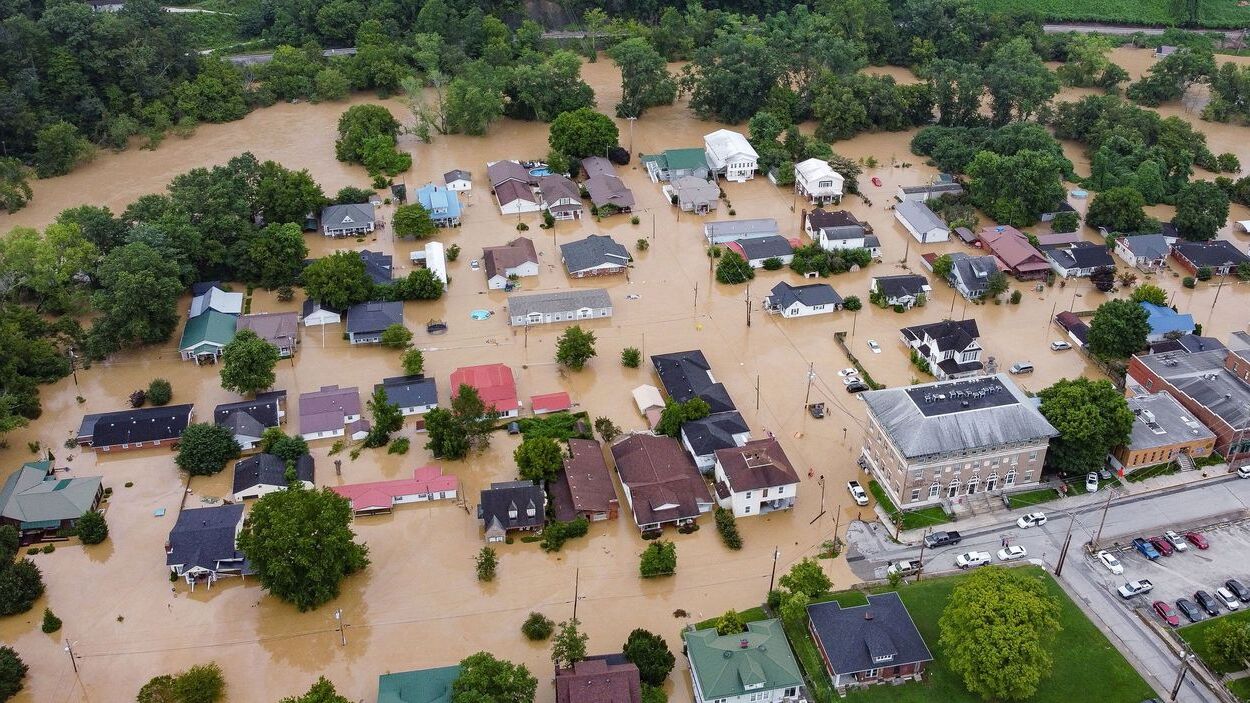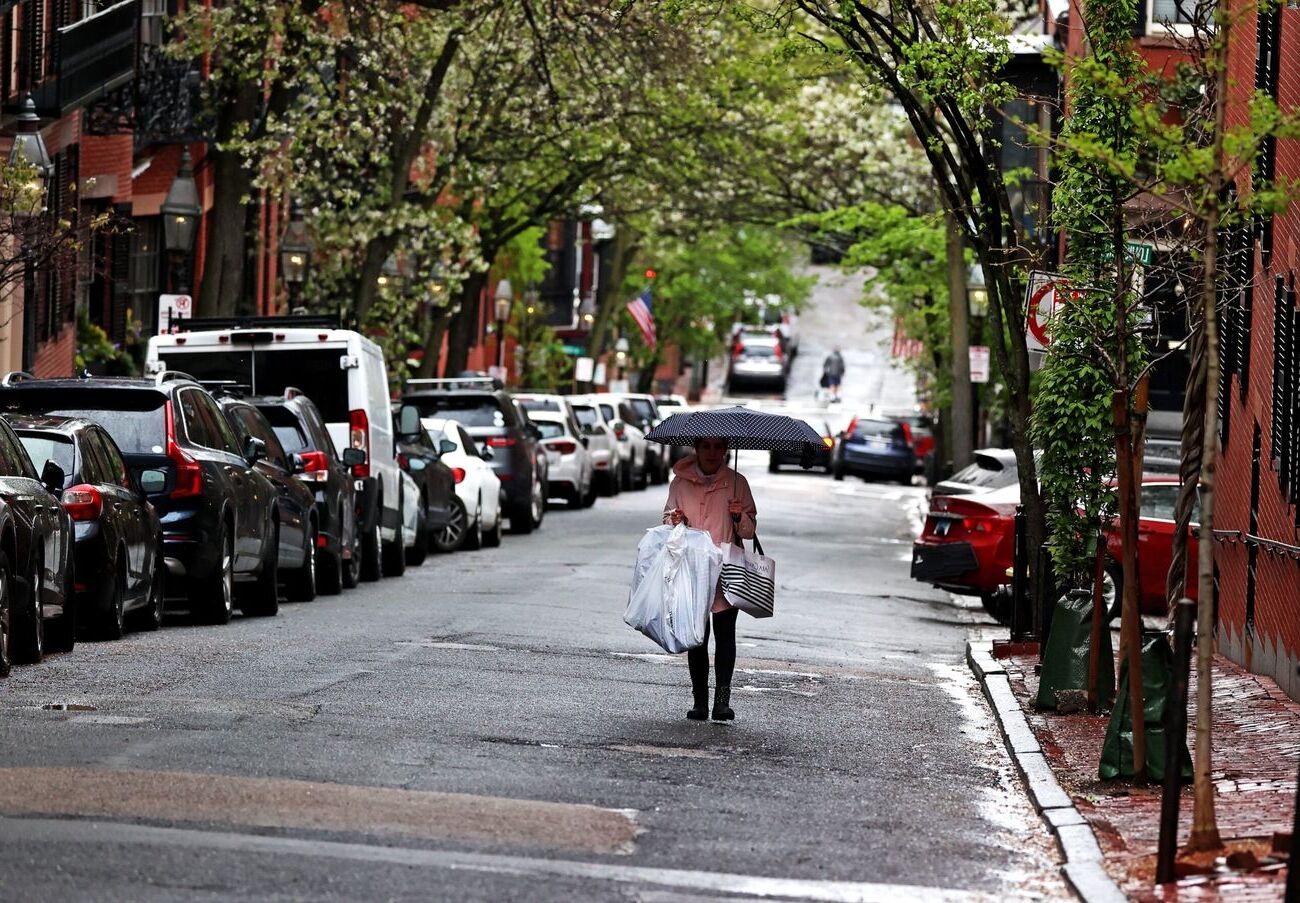
Flash floods are sudden, powerful, and often devastating natural events. They can occur with little warning, transforming calm streams into raging torrents. What causes flash floods? Typically, they result from intense rainfall over a short period, rapid snowmelt, or dam breaks. These floods can sweep away cars, uproot trees, and cause significant damage to infrastructure. Understanding the causes and effects of flash floods is crucial for safety and preparedness. In this post, we will explore 30 intriguing facts about flash floods, shedding light on their origins, impacts, and the measures we can take to stay safe. Buckle up as we dive into the world of these sudden, fierce water surges!
What Are Flash Floods?
Flash floods are sudden, intense floods caused by heavy rainfall or rapid snowmelt. They can happen quickly, often within minutes or hours, and can be extremely dangerous. Here are some fascinating facts about these natural events.
-
Flash floods can occur anywhere, but they are most common in areas with steep terrain or poor drainage systems.
-
Urban areas are particularly vulnerable due to the large amount of impermeable surfaces like roads and buildings.
-
Flash floods can carry debris, including rocks, mud, and even large objects like cars.
-
The speed of a flash flood can reach up to 9 feet per second, which is faster than most people can run.
Causes of Flash Floods
Understanding what triggers flash floods can help in preparing for them. Here are some key causes.
-
Heavy rainfall is the most common cause of flash floods. When the ground cannot absorb water quickly enough, it leads to flooding.
-
Rapid snowmelt can also cause flash floods, especially in mountainous regions.
-
Dam or levee failures can release large amounts of water suddenly, leading to flash floods.
-
Ice jams in rivers can block the flow of water, causing it to overflow and create flash floods.
Impact on Communities
Flash floods can have devastating effects on communities. Here’s how they impact people and infrastructure.
-
Flash floods can destroy homes, businesses, and infrastructure, leading to significant economic losses.
-
They can contaminate drinking water supplies, making it unsafe for consumption.
-
Flash floods can cause landslides, which can further damage property and infrastructure.
-
They can disrupt transportation, making it difficult for emergency services to reach affected areas.
Safety Measures
Knowing how to stay safe during a flash flood can save lives. Here are some important safety tips.
-
Always have an emergency kit ready with essentials like water, food, and medical supplies.
-
Stay informed by listening to weather updates and alerts.
-
If you are in a vehicle, do not attempt to drive through flooded areas. Turn around and find an alternate route.
-
Move to higher ground immediately if you are in a flood-prone area.
Environmental Effects
Flash floods also have significant environmental impacts. Here’s what happens to the natural world.
-
Flash floods can erode soil, leading to loss of fertile land.
-
They can destroy habitats for wildlife, forcing animals to relocate.
-
Flash floods can spread pollutants and debris, contaminating rivers and lakes.
-
They can also lead to the formation of new waterways and alter the landscape.
Historical Flash Floods
Some flash floods have been so severe that they are remembered for years. Here are a few notable examples.
-
The Rapid City flood of 1972 in South Dakota killed 238 people and caused millions in damages.
-
In 2010, flash floods in Pakistan affected over 20 million people, making it one of the worst natural disasters in the country’s history.
-
The 2013 flash floods in Uttarakhand, India, resulted in over 5,000 deaths and widespread destruction.
-
In 2016, flash floods in Louisiana caused damages estimated at $10 billion.
Flash Floods and Climate Change
Climate change is affecting weather patterns, leading to more frequent and severe flash floods. Here’s how.
-
Warmer temperatures increase the amount of moisture in the air, leading to heavier rainfall.
-
Rising sea levels can exacerbate the impact of flash floods in coastal areas.
-
Climate change can lead to more intense and frequent storms, increasing the likelihood of flash floods.
-
Changes in land use, such as deforestation and urbanization, can also contribute to the severity of flash floods.
Preparedness and Response
Being prepared can make a significant difference during a flash flood. Here’s what you can do.
-
Create a family emergency plan that includes evacuation routes and meeting points.
-
Participate in community drills and training programs to stay prepared for flash floods.
Flash Floods: Nature's Swift Surge
Flash floods are sudden, powerful, and often devastating. These rapid water surges can transform calm streams into raging torrents in minutes. Understanding the causes, such as heavy rainfall, dam breaks, or rapid snowmelt, helps in preparing for these events. Flash floods can occur anywhere, but areas with poor drainage or near rivers are particularly vulnerable.
Knowing the signs, like rising water levels or intense rainfall, can save lives. Always heed warnings and evacuate when advised. Flash floods remind us of nature's unpredictability and the importance of preparedness. Stay informed, have an emergency plan, and never underestimate the power of water.
By respecting these natural phenomena and taking proactive measures, we can reduce risks and protect communities. Flash floods may be swift, but with knowledge and vigilance, we can stay one step ahead.
Was this page helpful?
Our commitment to delivering trustworthy and engaging content is at the heart of what we do. Each fact on our site is contributed by real users like you, bringing a wealth of diverse insights and information. To ensure the highest standards of accuracy and reliability, our dedicated editors meticulously review each submission. This process guarantees that the facts we share are not only fascinating but also credible. Trust in our commitment to quality and authenticity as you explore and learn with us.


